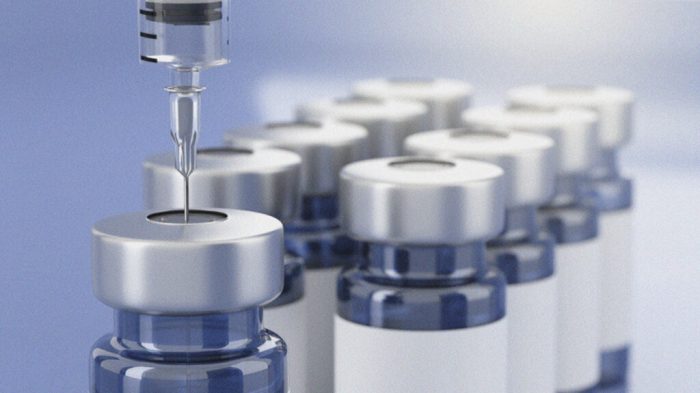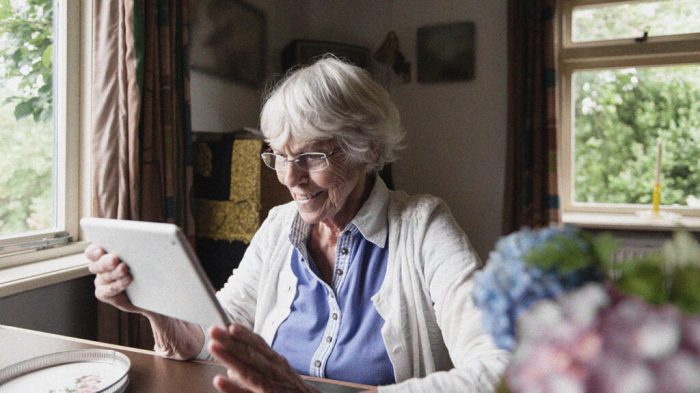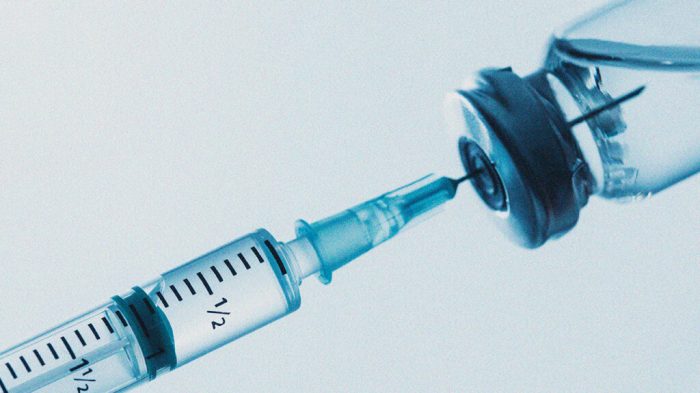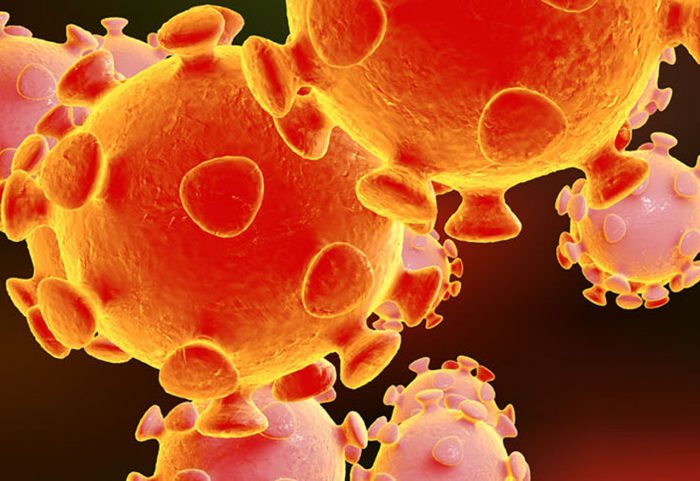Scientists have recorded more breakthroughs in the search for natural cures for COVID-19. They found that Xylitol and grapefruit seed extract nasal spray helps COVID-19 patients to recover faster and that pomegranate peel and Cat’s claw extracts inhibited replication of the Severe Acute Respiratory Syndrome Coronavirus type 2 (SARS-CoV-2), which causes COVID-19. Researchers have also identified compounds in traditional Chinese medicine herbs that could prevent SARS-CoV-2 infection.
Until now, no effective and safe therapeutic medications for COVID-19 or preventative vaccines against SARS-CoV-2 infection have been developed and rolled out for general usage. Therefore, the search continues to develop effective therapeutic options to treat COVID-19, while vaccines against its causative pathogen undergo clinical trials and await regulatory body approval.
United States-based researchers Camille Celeste Go, Krunal Pandav, Marcos A. Sanchez-Gonzalez, and Gustavo Ferrer have published a report exploring the potential role of Xylitol and Grapefruit seed extract (in the form of a nasal spray) in treating COVID-19. Their study titled, “Potential Role of Xylitol Plus Grapefruit Seed Extract Nasal Spray Solution in COVID-19: Case Series,” was released in the open-access journal Cureus.
The authors of the study explained the significant impact of COVID-19 on the healthcare systems of many countries around the world. They explained that angiotensin-converting enzyme 2 (ACE2) and transmembrane serine protease 2 (TMPRSS2) are two potential drug targets. The ACE2 receptor acts as the binding site where the virus attaches to enter into the host cells. The TMPRSS2 also plays an important role in viral entry into the cells. These are both present abundantly in the bronchial epithelium and alveolar type II epithelium cells, as well as the epithelial lining of the nose.
Earlier studies have shown that nasal sprays could be a good option in both preventing SARS-CoV-2 infection and treating it.
Prior studies have also emphasized how viral shedding occurs mostly from the nose and nasal cavity, which puts healthy individuals in contact with those infected at greater risk.
The researchers identified two agents: xylitol and grapefruit seed extract (GSE), which, when administered intranasally in the form of nasal sprays could help ameliorate COVID-19 symptoms in patients.
Xylitol has had demonstrable antiviral effects in labs against several viruses, including avian influenza virus (AIV), Newcastle disease virus (NDV), infectious bursal disease virus (IBDV), the team explains.
They used the xylitol-GSE nasal spray for a duration of seven days in COVID-19 patients and presented a case series of three different patients to chart its impact on their bouts of the disease.
The researchers concluded: “The three COVID-19 patients presented with mild-moderate risks and mild symptoms. They were given the intranasal nasal spray along with other adjuvant supportive treatments. The patients showed, ‘rapid clinical improvement and shortened time to negativization on repeat intranasal swab test via PCR.’
“The spray was found to be safe, and the authors suggest that this spray could be ‘a potential adjunct treatment option in mild-moderate COVID-19 cases.’”
Researchers led by first author Relja Suručić from the Department of Pharmacognosy, Faculty of Medicine, University of Banja Luka, Banja Luka, Bosnia, and Herzegovina, have studied the use of pomegranate peel extracts in preventing infections with SARS-CoV-2. Their study titled, “Computational study of pomegranate peel extract polyphenols as potential inhibitors of SARS-CoV-2 virus internalization,” was published in the latest issue of the journal Molecular and Cellular Biochemistry.
Several natural products are being explored to prevent SARS-CoV-2 infection or treat it effectively. Pomegranate (Punica granatum L., Punicaceae family) consumed worldwide has been known to have beneficial health properties and useful in treating type 2 diabetes, atherosclerosis, cardiovascular diseases, inflammatory diseases, cancers, etc.
Pomegranate peel extracts are known to contain “phytobiotics such as hydrolyzable tannins (ellagitannin, punicalagin, punicalin, gallic and ellagic acid), flavonoids, anthocyanins, and other phenols,” explain the researchers. These polyphenols are known to have several properties, including anti-inflammatory effects; antioxidant effects; hypoglycaemic or blood sugar reducing effects; lipid-lowering or cholesterol-lowering effects; antihypertensive or blood pressure lowering effects; and antimicrobial effects.
Pomegranate extracts have been known to be useful against viruses such as “influenza virus, herpes virus, poxviruses, and human immunodeficiency virus,” the researchers state. Molecules in the extract called the “punicalagin, punicalin and ellagic acid”, also show effects against hepatitis C virus (HCV). Pomegranate peel extracts (PoPEx) have also shown effects against the influenza virus by preventing virus entry and transcription of the RNA.
This study targeted four major ellagitannin members present in PoPEx, “punicalagin, punicalin, ellagic acid, and gallic acid,” to see their efficacy against SARS-CoV-2 in lab models (in silico tools).
The results of this study showed that constituents of pomegranate peel extracts such as punicalagin and punicalin show significant potential in interacting with the selected protein targets and thus could possibly prevent the viral entry into the host cell. This needs to be followed up with in vitro and in vivo studies they write.
The viral entry prevention into the host cell could effectively prevent the infection. This study showed that PoPEx polyphenols could offer potential inhibitory activity against the SARS-CoV-2, especially during its host cell entry. Authors of the study write, “punicalagin and punicalin are promising candidates for further anti-SARS-CoV-2 in vitro studies”.
The team concluded, “Being the ingredients of a natural product that is used as food, these candidates also have a confirmed safety profile which is their additional and important advantage in the disease treatment.”
Also, researchers in Columbia and Peru have shown that Uncaria tomentosa – a woody vine native to South America known of as “Cat’s claw” – exerts in vitro antiviral activity against severe acute respiratory syndrome coronavirus 2 (SARS-CoV-2), the agent that causes coronavirus disease 2019 (COVID-19).
Study: The hydroalcoholic extract of Uncaria tomentosa (Cat´s claw) inhibits the replication of 2 novel coronaviruses (SARS-CoV-2) in vitro.
The study found that the hydroalcoholic extract of Uncaria tomentosa inhibited SARS-CoV-2 viral replication and reduced its cytopathic effect on Vero E6 cells.
The researchers say U. tomentosa has already been widely used as an immune-modulatory agent and that previous studies have shown the extract has a range of effects on several viruses.
However, the team – from the University of Antioquia-UdeA in Medellín, Columbia and the National University of San Marcos in Lima, Peru – say this is the first study to test the effects of U. tomentosa on SARS-CoV-2.
Now, Wildeman Zapata and colleagues report that U. tomentosa reduced the viral titer and cytopathic effect of SARS-CoV-2 in the Vero E6 cell line after just 48 hours of treatment.
“Based on our results, U. tomentosa is a promising medicinal herb to combat COVID-19, but it is necessary to continue with animal models followed by clinical trials to validate our results in the context of COVID-19 patients,” writes the team.
A pre-print version of the paper is available on the server bioRxiv*, while the article undergoes peer review.
Meanwhile, using computational methods, a team of researchers identified three compounds in traditional Chinese medicine that could be used against SARS-CoV-2: quercetin, puerarin, and kaempferol. Of the three compounds, quercetin showed the highest binding affinity to both the ACE2 receptor and the receptor-binding domain of the SARS-CoV-2 spike protein, and could thus provide a dual synergistic effect.
Traditional Chinese medicine, widely used for many diseases, showed therapeutic effects during the 2003 SARS-CoV epidemic. The RBD of the SARS-CoV-2 has significant structural homology with SARS-CoV. Although the use of Chinese herbs with modern medicine has shown benefits in COVID-19 patients, several components are present in the herbs and have complex interactions, making it challenging to uncover the molecular mechanisms responsible for its therapeutic effects.
Several computational studies have helped predict active compounds in the medicinal herbs with the potential to accelerate traditional medicine-based drug discovery.
Researchers from various institutions in China used computational analysis to discover potential molecule candidates against SARS-CoV-2 infection. Using the Traditional Chinese Medicine Pharmacology database, they screened for molecules that could target ACE2.
They identified the compound puerarin that could target ACE2. Then, they screened for Chinese herbs that have this compound in the database and found five. Furthermore, since it is thought that compounds in the same herbal medicine have synergistic properties, they expanded their search to include all the compounds in the five herbs to arrive at 41 compounds.
Upon analysing which compounds were present in the maximum number of herbs, they found puerarin was present in all the five herbs, and quercetin and kaempferol were present in three herbs. Next, they predicted potential drug targets of the selected compounds using the database, leading to 240 possible targets. Upon further analysis, they selected puerarin, quercetin, and kaempferol for further study.
Next, the authors performed molecular docking analysis to determine potential binding sites and binding affinity to ACE2. All the three compounds could bind on the same region of ACE2, which is located some distance from the binding position of SARS-CoV-2. It is likely the compounds are causing changes in conformations rather than competing with the spike protein to bind to ACE2. Quercetin had the highest binding affinity, forming both strong and weak hydrogen bonds.
All the three compounds tested were found in the herb Radix Bupleuri confirming that compounds in a single herb have synergistic pharmacological properties. The herb is popular in China and has been used to treat flu, inflammation, malaria, and hepatitis B. It is also one of 26 Chinese herbal medicines advised by traditional Chinese medicine practitioners to combat COVID-19.
Puerarin has been approved for use in China for decades and could be an ideal drug repurposed for its antiviral properties. Although its binding affinity is lower than quercetin, it has a safe dose limit of about 0.5 gram, so it could be used at a high dose to achieve a suitable antiviral effect. It also has beneficial effects on fever, cardiovascular disease, and neurological dysfunction, so it can also be used as an adjuvant to help improve COVID-19 symptoms.
Quercetin showed a higher binding affinity to both ACE2 and the RBD of the spike protein. The dual binding effect of quercetin could therefore be synergistic and provide a strong antiviral effect against SARS-CoV-2. Furthermore, since analysis suggested that quercetin could affect immunomodulation and because studies have shown patients with severe COVID-19 disease tend to experience cytokine storms, quercetin could help alleviate symptoms in such cases.










